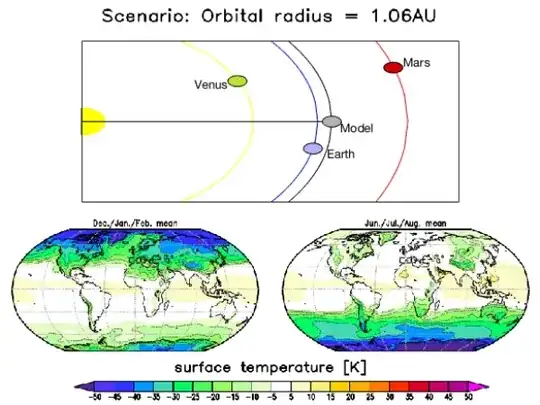I have long been wanting to write a story about Earth freezing relatively fast. In the past I have asked some questions here considering a scenario where Earth becomes a rogue planet... But I also want to keep it inhabitable for humans on the long term, and a rogue Earth would kill everyone in months or years.
So I have considered provoking a glaciation instead. Just as in a rogue Earth scenario, something would push Earth into a different orbit, but not enough to cause a solar escape.
I used an online physics calculator to figure that a 10% increase in the semi-major axis of Earth's orbit would increase the length of the year by approximately one month. If the push happens in July, it means the perihelion will be pushed to such a greater altitude that it becomes the new aphelion - and the Earth will be there during winter on the northern hemisphere. Having the northern winter last longer, combined with the increased distance from the sun, should cause global temperatures to drop considerably.
I am aiming for an impact similar to the eruption of the Tambora volcano in 1815, which led 1816 to be known as "the year without a summer", but harsher and permanent. But I don't know how to calculate how much the drop in global temperatures throughout the year would be in this case, nor if this would be such a catastrophe that a post-apocalyptic scenario with humans in it would be beyond optimistic.
Asides from the practically magical push that changes the Earth's orbit, I am aiming for full, scientific realism (though I am restraining myself from using the hard-science tag here).
So... Is this longer winter possibly survivable, or would that surely be the last one humanity would see? If the latter, I'll consider scaling the orbital changes down.
Consider that the technological level of humanity when the orbit changes is exactly what we have today. In other questions here in the site we came to the conclusion that the change in orbit would be detected practically instantly, giving humanity some time to prepare for the worst. But we'd lose most if not all artificial satellites (which by itself would already cause a lot of disruption).

